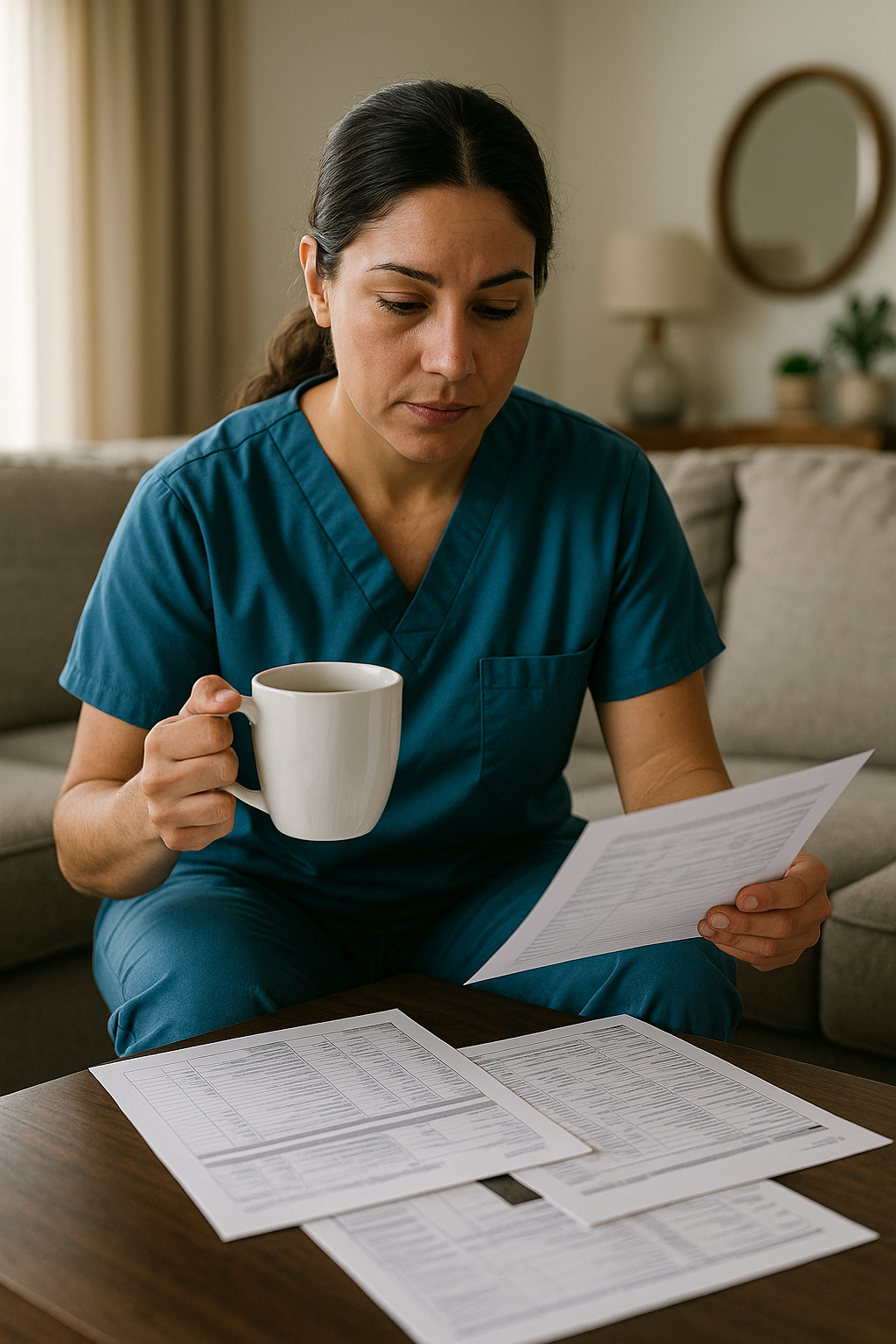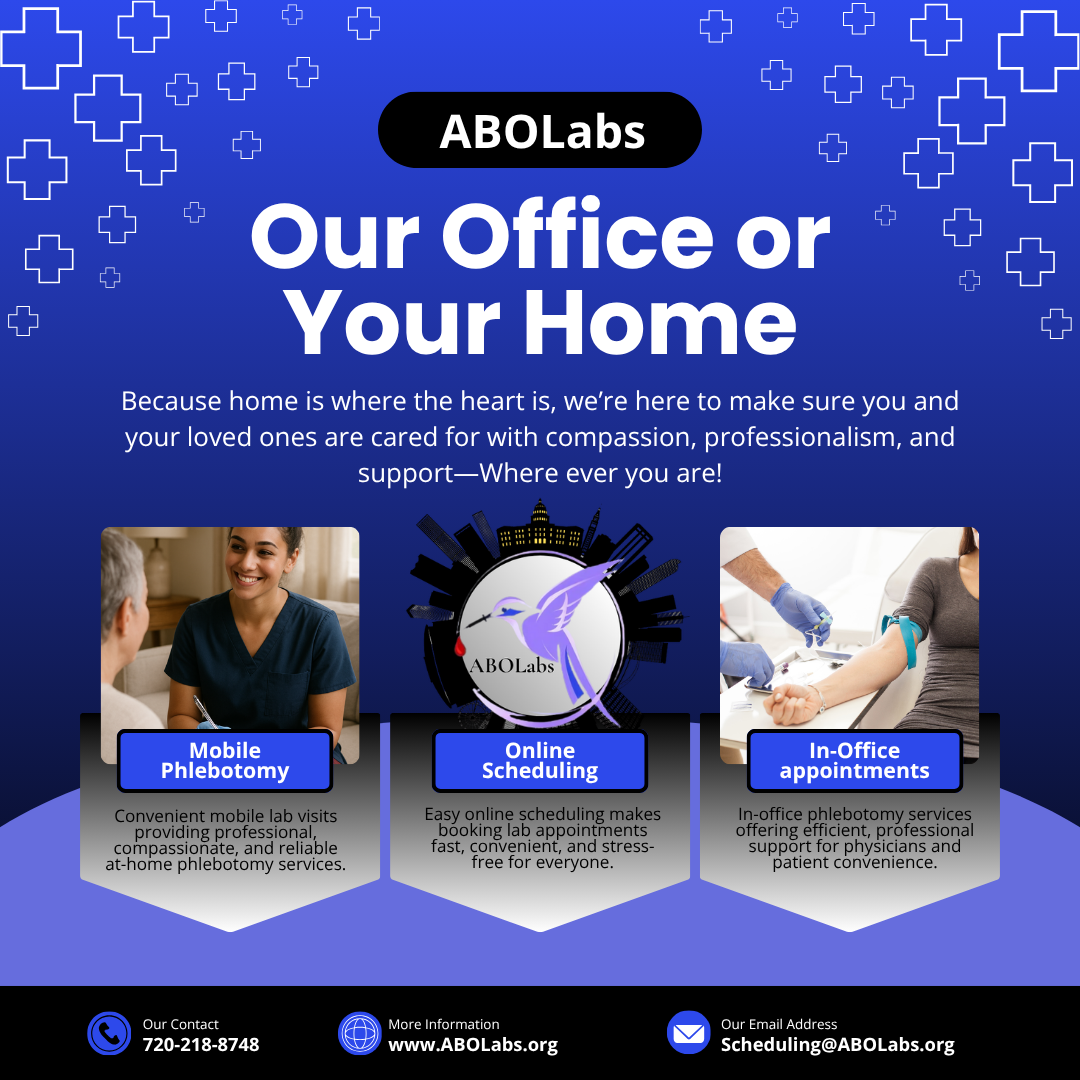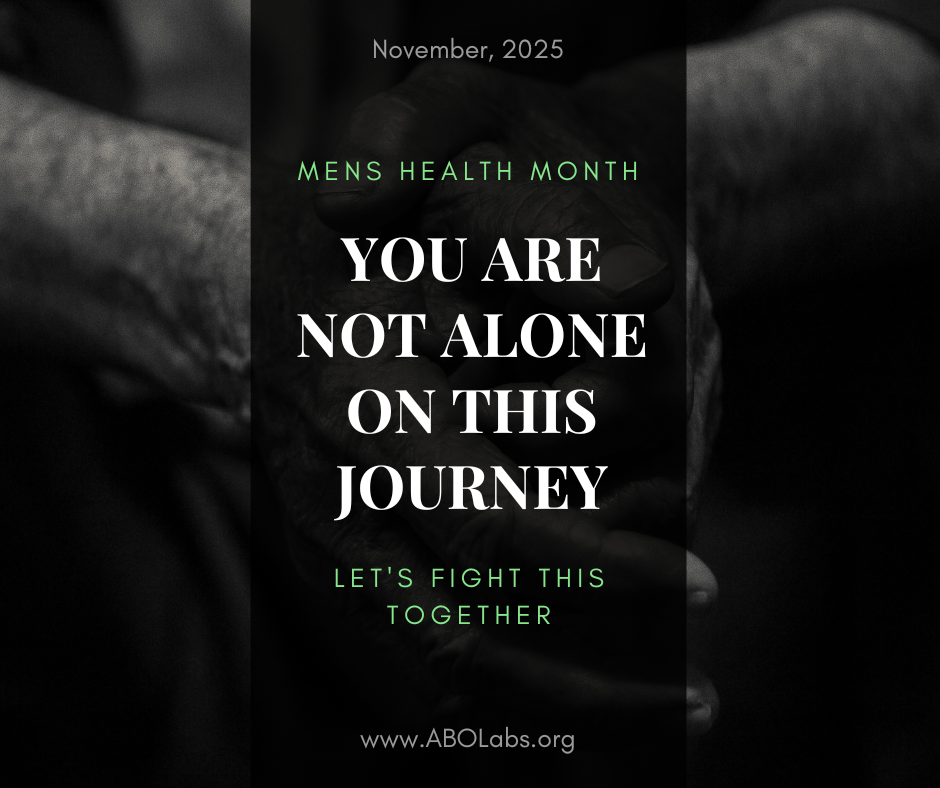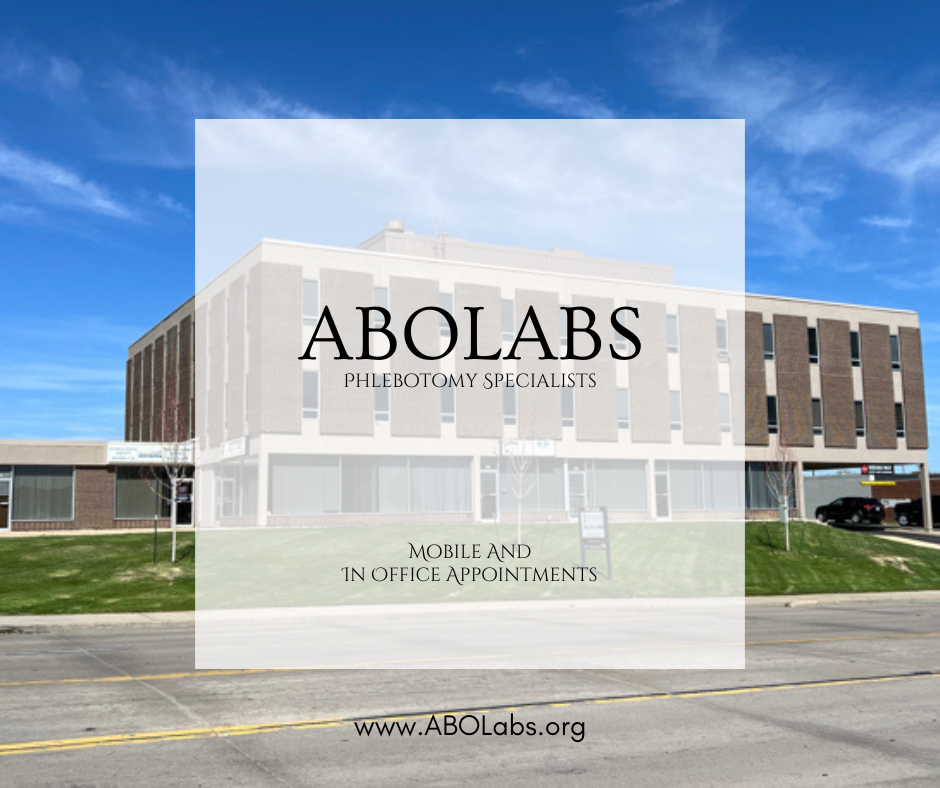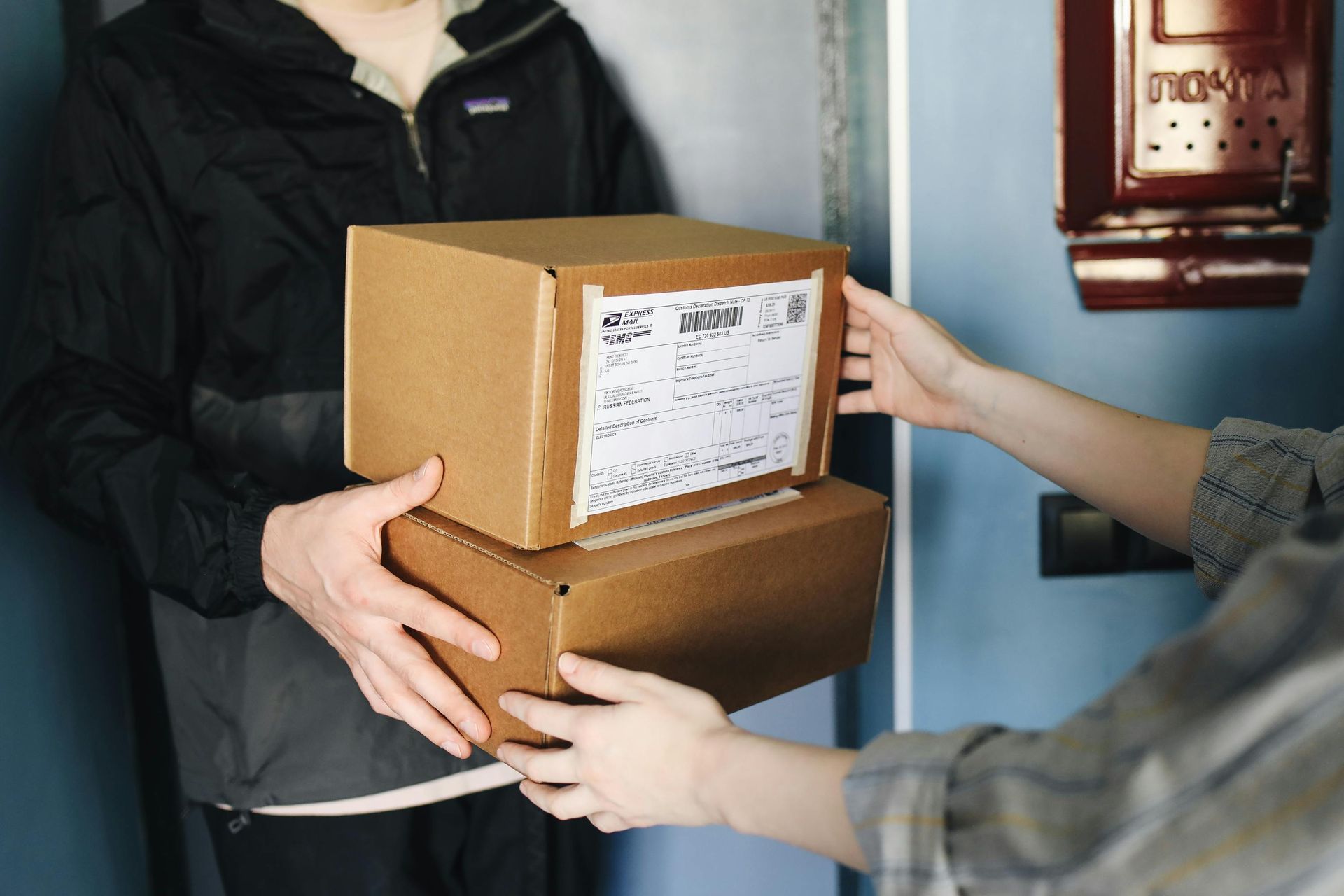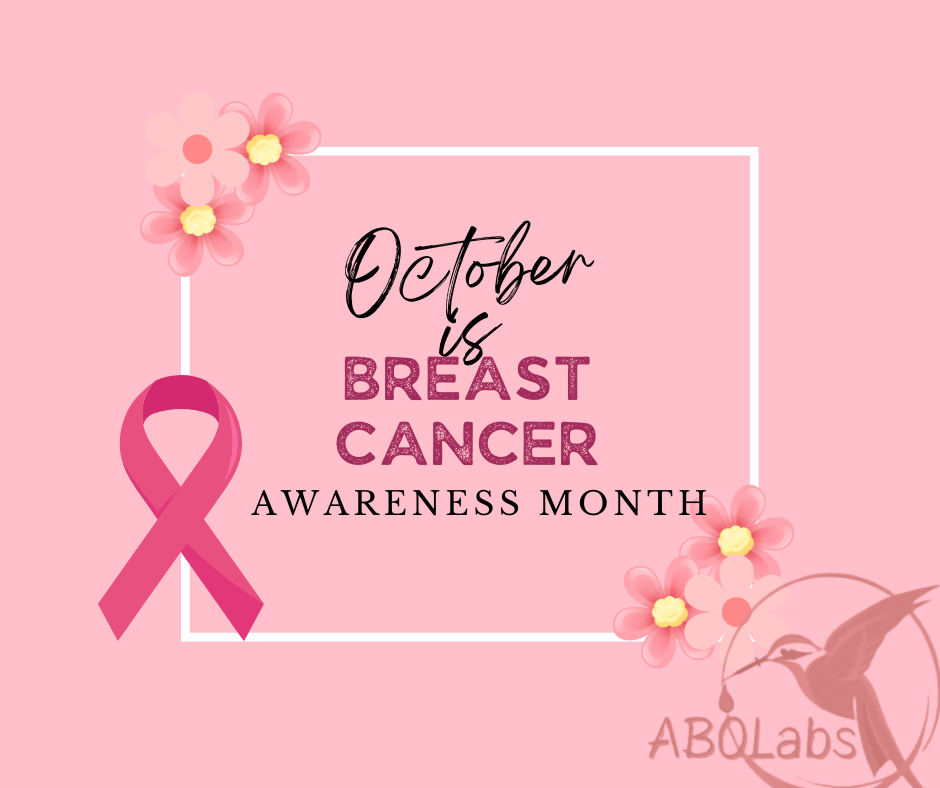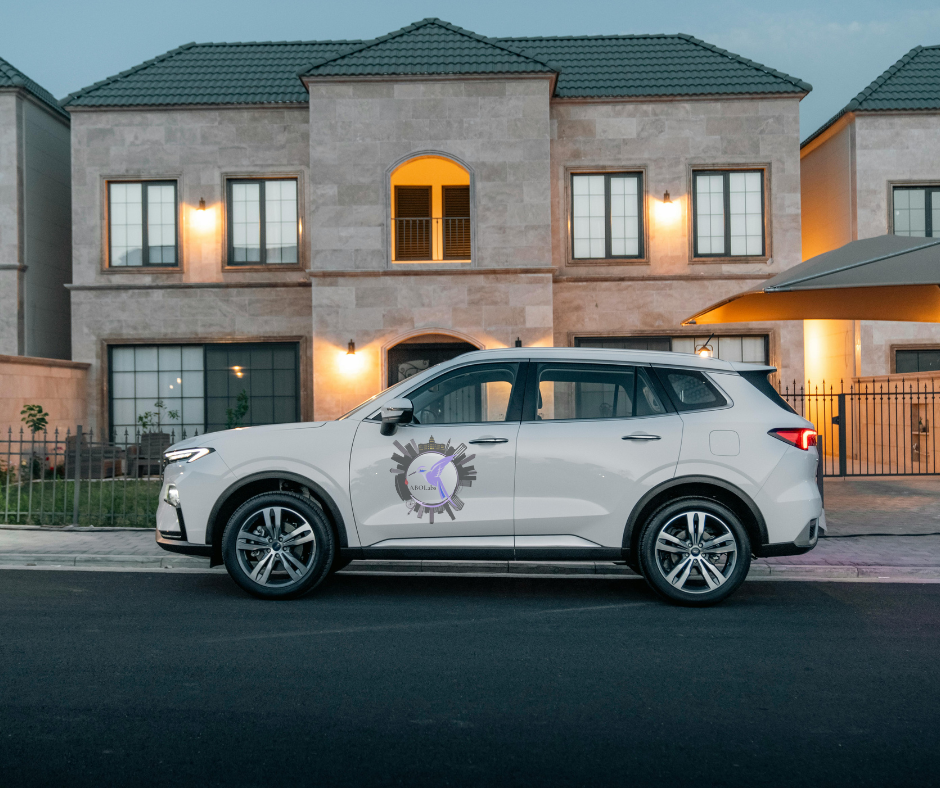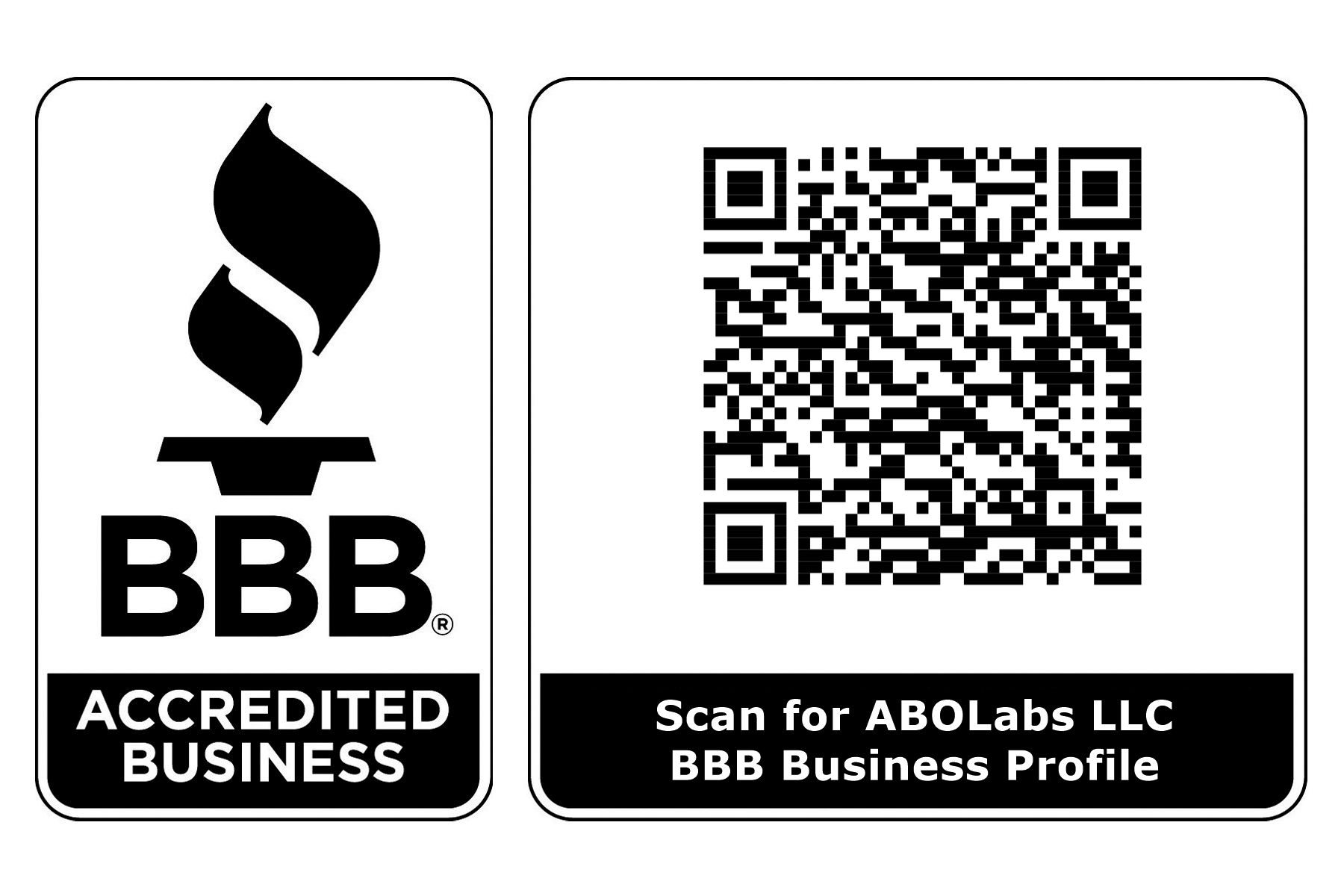The Hummingbird's Nest
Winter in Colorado brings breathtaking views — and a fair share of challenges when it comes to healthcare. For many patients, getting to a clinic for lab work becomes more than just inconvenient — it can be risky, especially for seniors, those with limited mobility, or people managing chronic conditions.

1️⃣
The Challenges of Winter Lab Visits
When snowstorms, slick streets, or freezing temperatures hit, even short drives to a lab can become unsafe. Many patients find themselves delaying important blood work due to:
Transportation barriers (especially in rural or mountain areas)
Fall risks from ice or uneven walkways
Reduced mobility in cold weather
Limited appointment availability when clinics experience delays or closures
Missed or postponed lab draws can lead to gaps in care — which is exactly what ABOLabs was built to prevent.
2️⃣
How ABOLabs Keeps Care Moving
Our mobile phlebotomy model brings the lab directly to your door — safely, reliably, and with compassion. During winter months, we activate special measures to ensure consistency and comfort:
Weather-based scheduling: Adjusted routes and flexible timing for snow days.
Temperature-controlled transport: Every sample is protected against freezing or heat loss.
Early morning priority blocks: Designed to get to you before the worst of the weather hits.
Ongoing communication: You’ll always know if your appointment needs to shift — no surprises.
Our phlebotomists are Colorado locals — we drive these roads, know these routes, and plan around what the weather throws at us.
3️⃣
The ABOLabs Difference: Compassion Meets Preparation
Beyond logistics, we know that comfort matters. Our patients appreciate the calm, one-on-one setting of an at-home visit — where warmth, safety, and dignity come first.
By eliminating the commute, reducing exposure to illness, and ensuring samples reach the lab quickly, ABOLabs helps you focus on what matters most: your well-being.
Whether you’re in Denver, the foothills, or Colorado’s mountain towns, we bring reliable, professional lab care to your home — because good health shouldn’t depend on good weather.
💙 Stay safe this winter — and let ABOLabs bring the lab to you.
📍 Learn more about our Winter Protocol and book your mobile draw today


